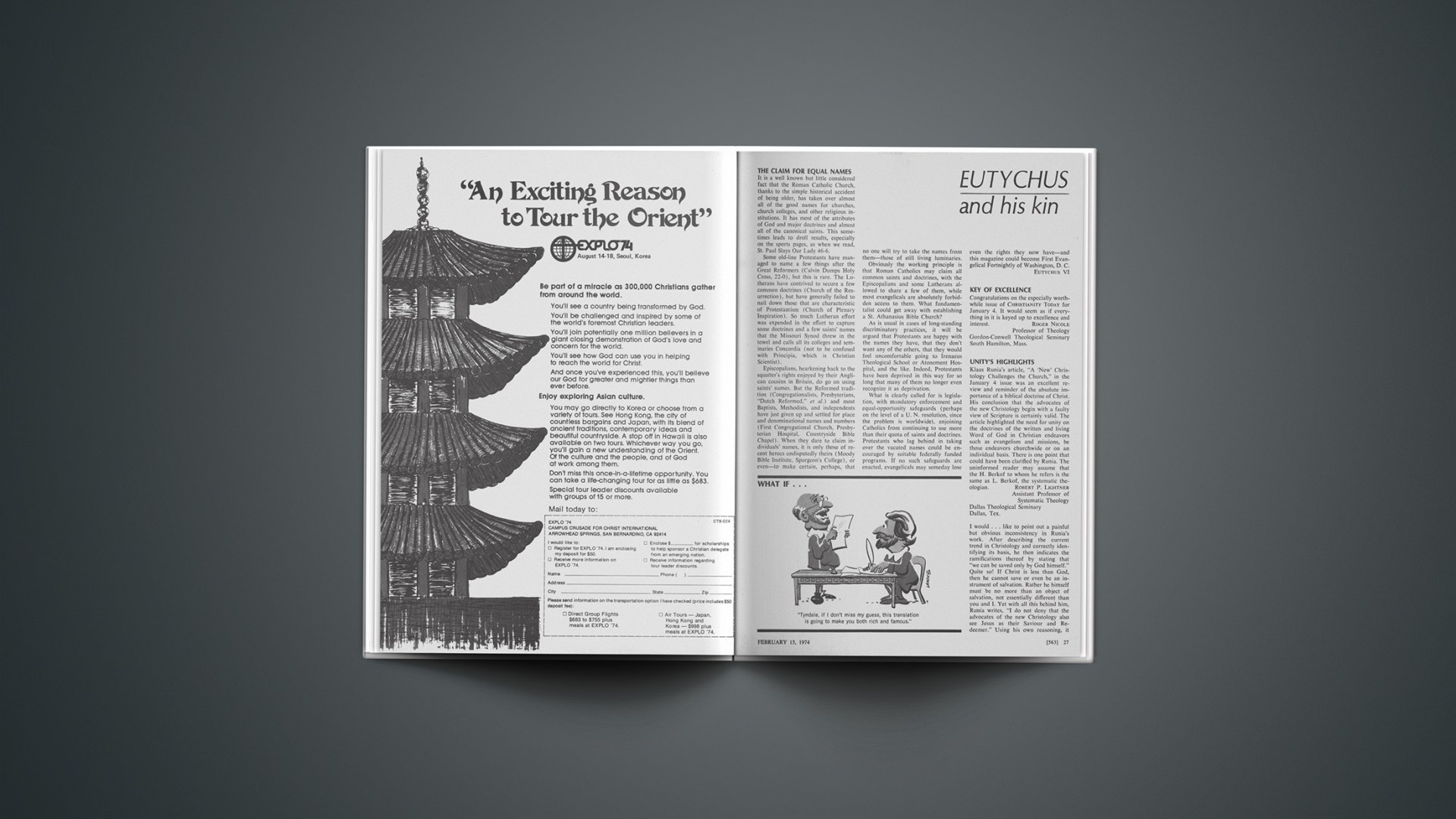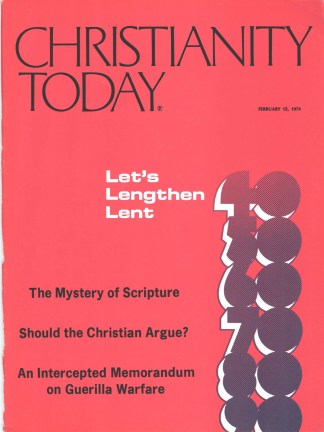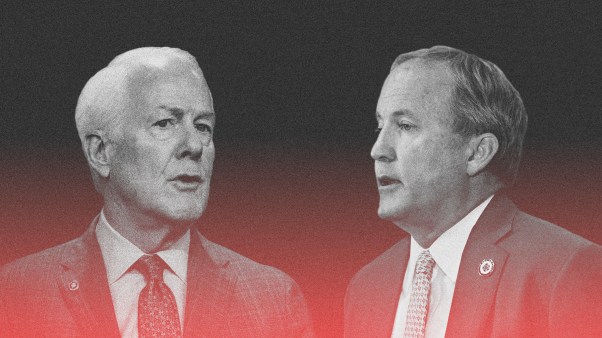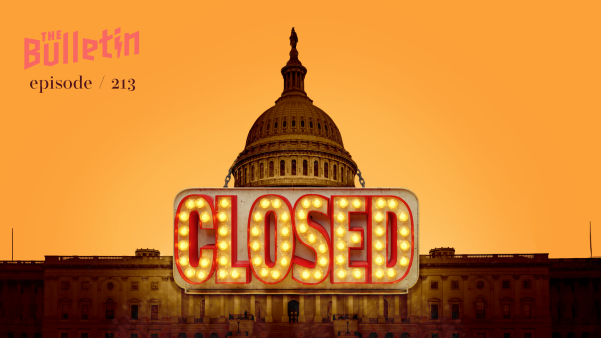Some years ago in “Li’l Abner” Al Capp satirized the popularity of comic strips in America by having General Bullmoose, wealthiest man in the world, corner the market on Fearless Fosdick, the most popular comic-strip in America, so that no one could read it but himself. In the ensuing panels little old ladies strangled newsstand operators and average citizens stormed the newspaper office wreaking mayhem on the editor.
It was only a slight exaggeration. David Manning White and Robert Abel, in their book The Funnies, an American Idiom, tell of an editor who decided to drop “Harold Teen,” then at the height of its popularity. Twelve thousand telephone calls and four thousand letters changed his mind.
When Capp conducted a contest to provide a horrible-looking face for Lena the Hyena, more than one million readers submitted entries.
Our love of the comics has been used to prove that it is impossible to underestimate the American taste. But the popularity of the funnies crosses all lines of status and education. Research shows that the comics are read and enjoyed in about the same proportion among both highly educated persons and those who have not been to college.
Comic-strip buffs are fond of pointing out that Woodrow Wilson, one of our most intellectual presidents, read “Krazy Kat” before his cabinet meetings.
In 1962, the influential critic Gilbert Seldes lavished praise on “Krazy Kat” in his book The Seven Lively Arts:
Krazy Kat, the daily comic strip of George Herriman, is, to me, the most amusing and satisfactory work of art produced in America today. With those who hold that a comic strip cannot be a work of art I shall not traffic. The qualities of Krazy Kat are irony and fantasy—exactly the same, it would appear, as distinguish The Revolt of the Angels; it is wholly beside the point to indicate a preference for the work of Anatole France, which is in the great line, in the major arts [Sagamore Press, 1924, page 207].
Studies also show that more than half of the newspaper readers in America have a favorite comic strip. In fact, the comics are probably the most revealing cultural expressïon we have.
British anthropologist Geoffrey Gorer commented in The American People: A Study in National Character:
As one travels about the country one may be unable to learn what is happening in Congress or at the United Nations meetings; but there is no excuse for ignorance of the latest adventures of Li’l Abner, Joe Palooka, Skeezix Wallet, and the numerous other protagonists of these synthetic fantasies. With the notable exception of the New York Times, almost every American newspaper carries comic strips. They are one of the few important bonds (the films being another and the presidential elections a third) uniting all Americans in a common experience [quoted in The Funnies: An American Idiom by David Manning White and Robert H. Abel, 1963, page 2].
Although he lived into the forties, apparently no one asked Bud Fisher what his thoughts were when in 1907 he brought forth what was to become the first successful daily comic strip. The hero, Mr. A. Mutt, was joined by a recruit from an insane asylum in 1909, and the strip became “Mutt and Jeff.”
There were signs even then that this wedding of pictures and text had a powerful attraction. Two hotly competitive papers, Hearst’s Morning Journal and Pulitzer’s World, had already been using weekly comic supplements in their pursuit of higher circulation. The weekly supplements paved the way for introduction of “A. Mutt” as a daily feature in the San Francisco Chronicle.
By 1920 the comics had become an integral part of American newspapers. Putting in their appearance in this period were such long-lasting entries as: “Little Orphan Annie,” “The Katzen-jammer Kids,” “Popeye,” “Bringing Up Father,” “The Gumps,” “Barney Google,” “Gasoline Alley,” and “Krazy Kat.”
The thirties saw the proliferation of the adventure strips, such as “Tarzan,” “Buck Rogers,” “The Phantom,” “Mandrake the Magician,” and “Prince Valiant.”
In the forties and fifties cartoonists plumbed the depths of popular taste and came up with the soap-opera strips such as “Mary Worth” and “The Heart of Juliet Jones.”
Not everyone has been pleased with the popularity of the comics. In 1954 psychiatrist Frederick Wertham’s book The Seduction of the Innocent tried and convicted the comics of high crimes against humanity. As his title implies, Wertham states the comics helped to create immoral and anti-social behavior in their readers. Wertham’s selection of data and his accuracy have been questioned by other investigators, and the book is now generally discredited.
Wertham seems to have made two naïve assumptions: that the audience of the comics was composed exclusively of juveniles and that the funnies create attitudes in their readers.
One of the reasons for the sweeping success of the comics is that they accurately reflect the American myth. They show our hopes, fears, ideals, loves, and hatreds.
To the degree that there is a god in the comics he’s the genial spirit who sanctifies American life and ideals. He’s the one who helped us win the Second World War, the one who helps those who help themselves and who tells us to help others and it will all be all right.
Partly as a result of their national syndication and diverse audience, the comics seldom mention God or religion overtly. One notable exception was a “Pogo” strip by Walt Kelly showing a huge cliff engraved with the words “GOD IS NOT DEAD. He’s unemployed.” The moral was, I suppose, that God is there to be used.
An exception is the seminal Christianity that occurs in “Peanuts” and that has been more than amply discussed by Robert Short in The Gospel According to Peanuts.
If the world of the comics reveals a strange, eclectic gathering of conflicting ideals, it’s because the American culture exhibits that same phenomenon.
We have compassion for defenseless Little Orphan Annie, but we feel merciless toward her tormentors. We are not at all disturbed when they are dispatched into the hereafter with a bomb or are transported to some nether land by Punjab’s cape.
“Little Orphan Annie” and “Doonesbury” are both testimonies, in different ways, to our admiration of rugged individualism.
“Dick Tracy,” “Steve Roper,” “The Phantom,” and a host of other adventure stories attest to our love of violence and riskless vicarious adventure and to our belief in the triumph of justice.
The family situation comics show that we believe in happy marriages and happy families—even when we don’t attain them.
Cartoons like “Peanuts,” “The Wizard of Id,” and “B.C.” show that we have a keen sense of the incongruities in human experience.
Andy Capp, of course, is a part of our fantasies of being irresponsible without having to face the consequences.
And our love of happy endings is attested to by “Mary Worth.”
If Christian communicators want to know what currents are flowing in the mainstream of American life, let them turn to the funny papers.










